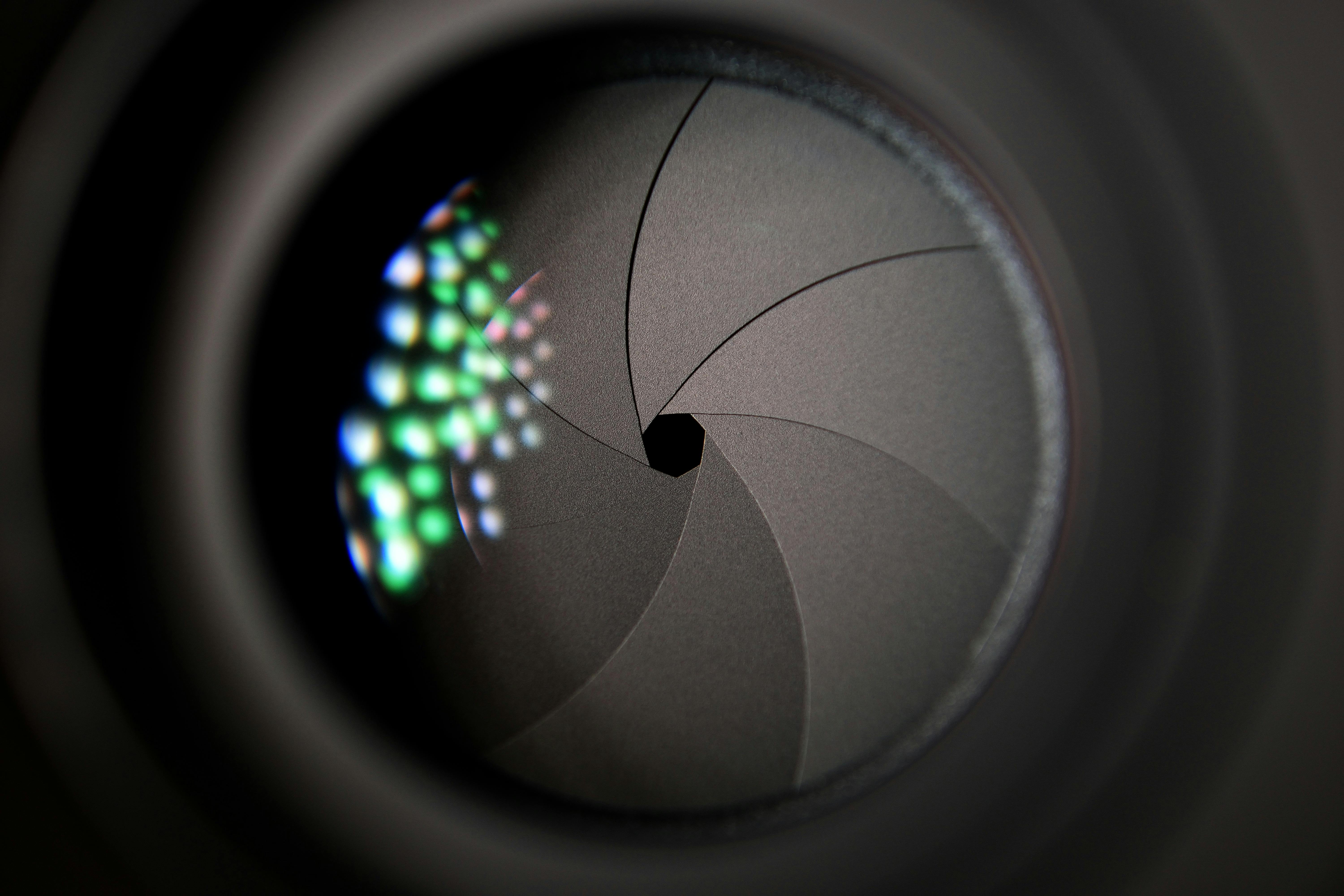Real-World Assignments to Build Technical Confidence
Real-world photography assignments move learners from theory to reliable practice by asking them to apply composition, exposure, lighting and camera controls in actual shoots. Targeted projects that emphasize aperture, shutter, ISO, lens choice, focus and framing help photographers build repeatable habits for portraits, landscape work and editing workflow.

How does composition and framing affect a shot?
Assignments focused on composition and framing teach intentional image-making. Start with exercises like isolating a single subject, using the rule of thirds, and experimenting with negative space and leading lines. Try constrained framing challenges—shoot the same scene with three different crops—to notice how framing changes emotional impact. Practice switching perspectives (low, high, close, wide) to learn how composition influences balance and storytelling. These tasks sharpen visual instincts and train you to make confident framing decisions in fast-moving situations.
How to control exposure: aperture, shutter, ISO?
Exposure control is core technical confidence. Design assignments that separate aperture, shutter and ISO so you master each variable. For aperture practice, shoot a portrait series at f/1.8, f/5.6 and f/16 to compare depth of field. For shutter speed, photograph moving subjects using 1/500s, 1/60s and 1/8s to learn motion freeze and blur. ISO drills involve maintaining image quality while raising sensitivity in low light. Combine these into manual-mode challenges where you must reach a correct exposure while achieving a creative result.
How does lighting and metering influence results?
Lighting and metering assignments develop an eye for tonal control. Practice using natural light at different times—open shade, golden hour, and backlit scenes—to see how direction and quality affect texture and mood. Add exercises with artificial light such as on-camera and off-camera flash, reflectors and diffusers. Include metering-focused tasks: compare spot, center-weighted and evaluative metering on the same subject to observe exposure shifts. These repetitions help you choose settings and adjust metering modes to preserve highlights and shadow detail consistently.
Which camera and lens choices matter?
Understanding camera and lens characteristics helps match tools to intent. Create projects that use different lenses—a wide-angle, a standard prime and a telephoto—to explore perspective changes and compression. Assignments comparing a crop-sensor camera to a full-frame body reveal differences in depth of field and low-light performance. Practice toggling autofocus modes and custom settings on your camera to learn ergonomics and response. These exercises clarify when to prioritize portability, reach, or image quality and build confidence in selecting the right gear for a shoot.
How to practice focus and framing in portraits and landscape?
Focus and framing vary by genre: portraits demand precise focus on the eyes and controlled background separation, while landscapes require deep focus and careful horizon placement. Set a portrait assignment to produce a series where the subject’s eyes are tack-sharp across several lighting conditions and apertures. For landscapes, practice focus stacking and hyperfocal distance techniques to maximize sharpness from foreground to background. Build exercises around switching focus points, using continuous vs single autofocus, and composing for subject placement in both genres.
How to develop editing and workflow skills?
Editing and workflow are part of technical confidence because they make results repeatable. Assign a RAW-to-final project: import files, cull efficiently, apply exposure and color corrections, and export consistent deliverables. Practice non-destructive edits using layers or adjustment tools, and create standardized presets for recurring situations. Add file-management tasks like keywording, backing up, and building a catalog so you can retrieve images reliably. These habits minimize post-shoot uncertainty and speed the path from capture to finished image.
Conclusion
Structured, real-world assignments transform scattered knowledge into dependable skills. By isolating elements such as composition, exposure (aperture, shutter, ISO), lighting, camera and lens choices, focus and framing for portraits and landscape, and a reliable editing workflow, photographers gain technical confidence through repetition and reflection. Regularly cycling through practical projects and reviewing outcomes creates a feedback loop that improves decision-making and produces more consistent results.






